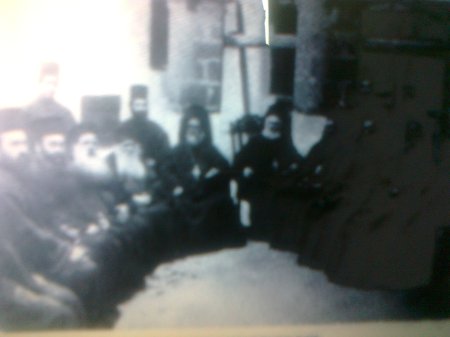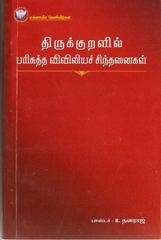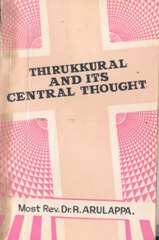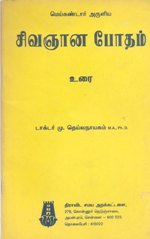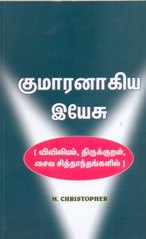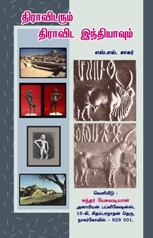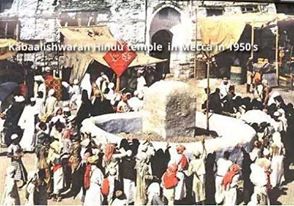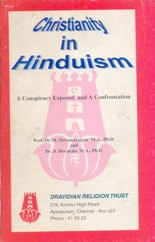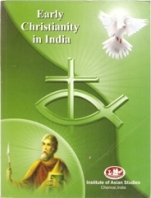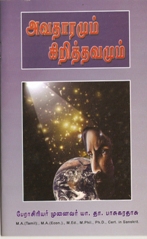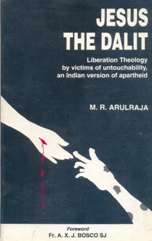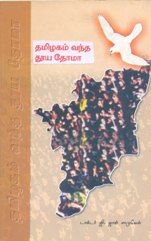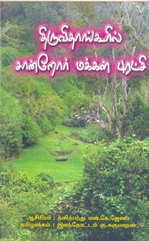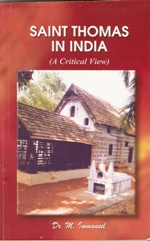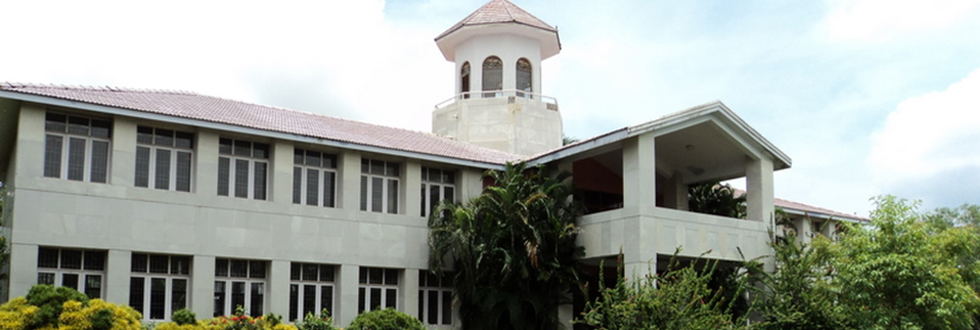KCHR Life Member and historian of Malankara Marthoma church, Prof N.M.Mathew had already given wide publicity to Muziris Papyrus in his article to Malayali Association in British Colombia.It intends to link Pattanam excavations and Muziris Papyrus with mythical arrival of St' Thomas in Kerala.The KCHR charges Rs 3000 for the course on Muziris Papyrus conducted by Frederico Romanis.Dr. P.J.Cherian is already under fire for presenting paper at Syro-Malabar session at Mumbai in 2011 linking Pattanam as the landing spot of St' Thomas.Bharatheeya Vichara Kendram has asked KCHR to abandon its proposal of religious propogation under the guise of historical Research by bringing Frederico de Romanis
New Indian-Chennai News + more

| Post Info | TOPIC: St.Thomas in India Fables -Continued | |||||||||||||
|---|---|---|---|---|---|---|---|---|---|---|---|---|---|---|
|
|
|
|||||||||||||
|
|
|
|||||||||||||
|
|
|
|||||||||||||
|
|
|
|||||||||||||
|
|
|
|||||||||||||
|
|
|
|||||||||||||
|
|
|
|||||||||||||
|
|
|
|||||||||||||
|
|
|
|||||||||||||
|
|
|
|||||||||||||
|
|
||||||||||||||
|
|
||||||||||||||
|
|
||||||||||||||
|
|
|
|||||||||||||
|
|
||||||||||||||
|
|
||||||||||||||
|
|
|
|||||||||||||
|
|
|
|||||||||||||
|
|
|
|||||||||||||
|
|
|
|||||||||||||
|
|
|
|||||||||||||
|
|
|
|||||||||||||
|
|
|
|||||||||||||
|
|
|
|||||||||||||
|
|
|
|||||||||||||
|
|
|
|||||||||||||
|
|
|
|||||||||||||
|
|
|
|||||||||||||
|
|
|
|||||||||||||
|
|
|
|||||||||||||
|
|
|
|||||||||||||
|
|
|
|||||||||||||
|
|
|
|||||||||||||
|
|
|
|||||||||||||
|
|
|
|||||||||||||
|
|
|
|||||||||||||
|
|
|
|||||||||||||
|
||||||||||||||
|
|
||



|

